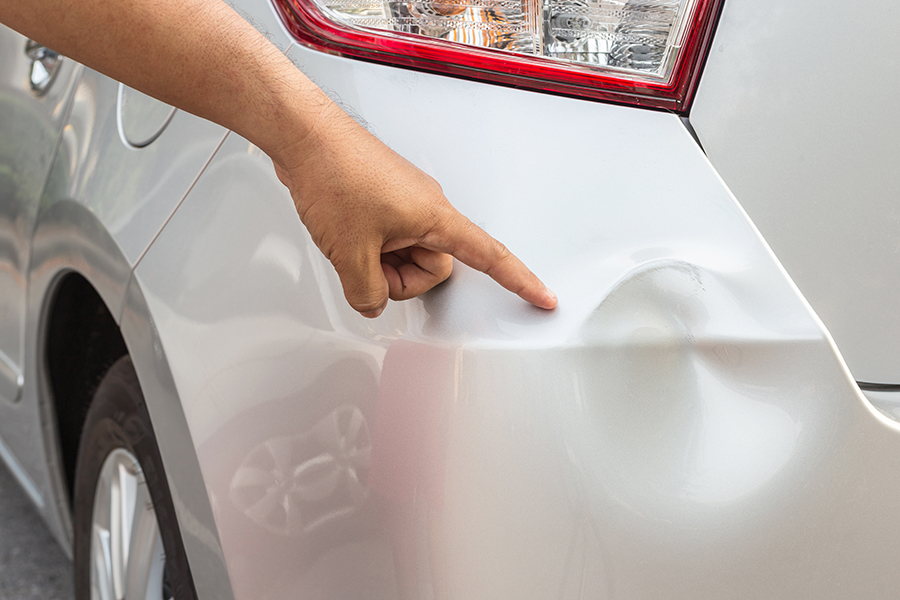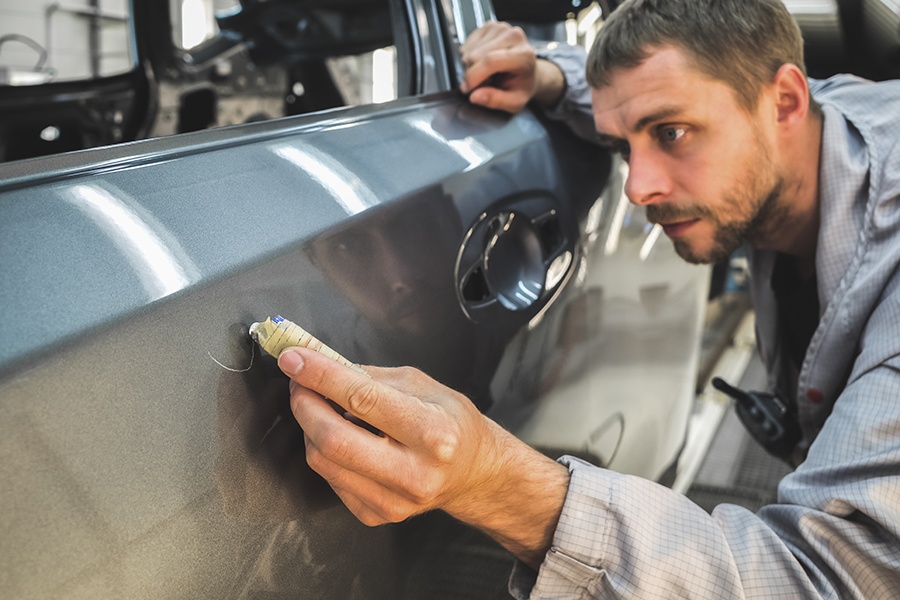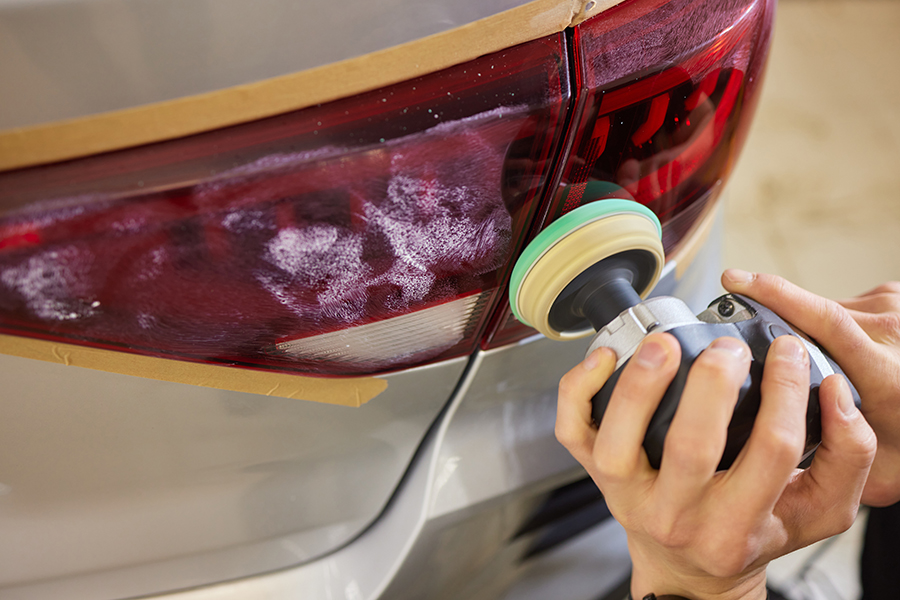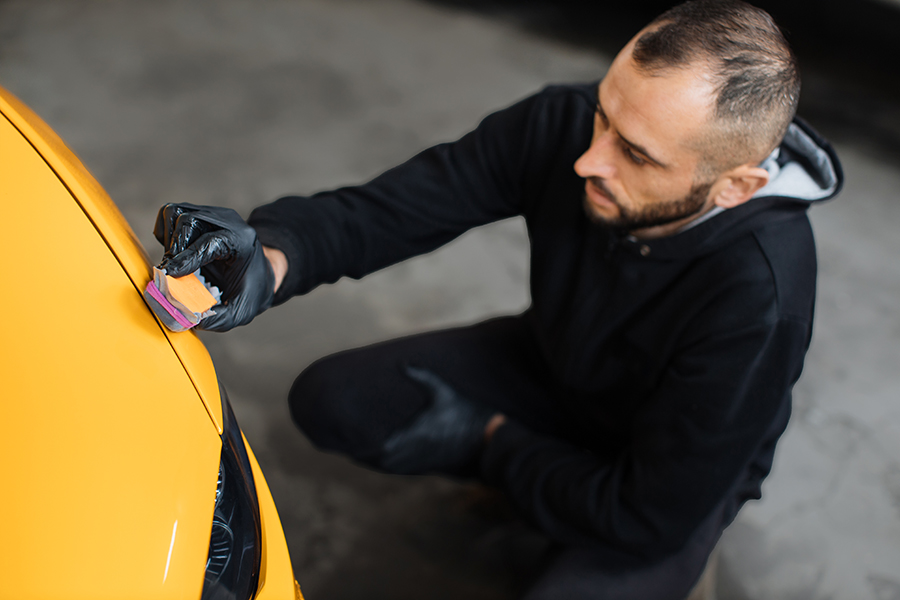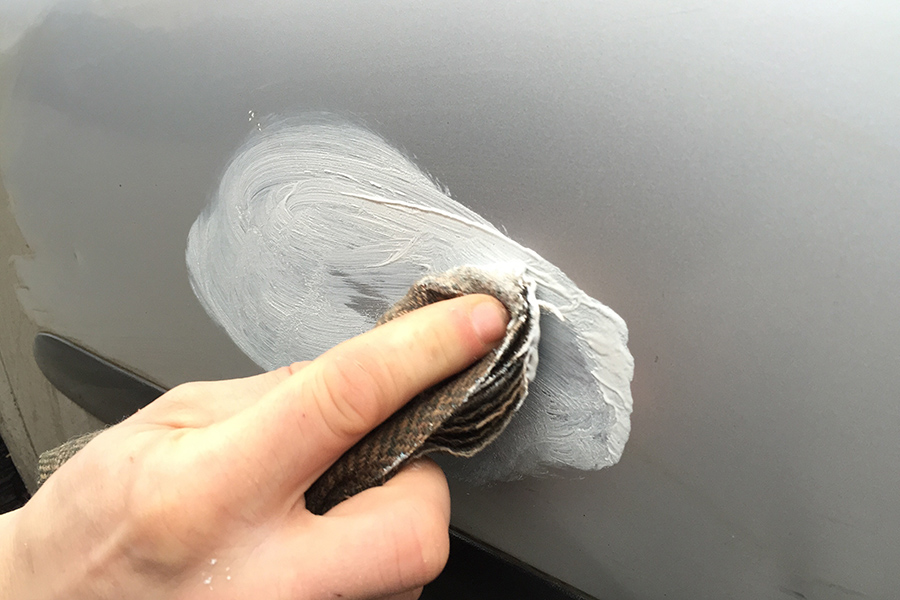Ever noticed how a small dent can grab all the attention away from your car’s shine? It's like that tiny spot on a new shirt that everyone seems to see. But, fear not! Fixing those pesky little dents doesn't have to be a big drama or empty your wallet. We're diving into the world of small dent repair, showing you how to get your ride looking smooth again without breaking a sweat or the bank. Whether it’s a door ding from a runaway shopping cart or a minor fender bender, there’s a way to fix it up quick and easy. Let's get your car back to looking its best, shall we?
Key Takeaways
- Small dents can often be fixed at home with the right tools and a bit of know-how.
- DIY dent repair can save money but requires patience and the correct method to avoid further damage.
- Sometimes, it's best to call in a pro, especially for complex or large dents that DIY methods can't fix.
- Paintless Dent Repair (PDR) is a quick and cost-effective option for small dents, avoiding the need for painting.
- Choosing between DIY and professional repair depends on the dent's size, location, and your comfort level with car repairs.
- Always assess the damage carefully before deciding on the repair method to ensure the best outcome for your car's appearance.
Understanding Small Dents
Common Causes
Parking lots are often the scene of small dents. Cars get too close, and doors hit each other. This is common but annoying.
Minor collisions also cause dents. These happen more than we think. They don't always lead to big damage but can leave marks.
Hailstorms and falling objects are another reason. They can surprise you. Suddenly, your car has small dents from nature or accidents.
Types of Small Dents
Door dings from other vehicles are a headache. They're often found after shopping trips. You come back to see a new mark on your car.
Shopping carts are also culprits. They roll away and hit cars, leaving dents. It's frustrating when it happens to your vehicle.
Sports equipment like balls can cause minor dents too. Kids play, and sometimes, their games reach the car. It leaves a small reminder of their fun.
Why Fix Small Dents
Keeping your car looking good is important. Dents can ruin its appearance. Fixing them keeps your car looking nice.
Not fixing dents can lead to rust and paint damage over time. Water gets in and starts the rusting process. This can harm your car more.
The resale value of your car stays higher with dents fixed. People want cars that look good and are well-maintained. It makes selling easier.
Assessing Dent Severity
First, check for paint damage around the dent. If the paint is cracked, it needs more care. This can prevent further issues.
Then, measure the depth and size of the dent. Small and shallow ones are easier to fix. Bigger ones might need more work.
Lastly, determine if the dent affects car functionality. Most times, they don't. But it's good to be sure everything works well.
DIY Dent Repair
Tools Needed
To fix a small dent yourself, you will need a few tools. A dent puller is essential. It helps pull the dent out. You also need a heat gun. It warms up the dent so it's easier to fix. A rubber mallet is useful too. It can gently tap the area back into place.
Step-by-Step Guide
First, clean the dented area well. Make sure there is no dirt or grime. Next, use a heat gun to warm up the dent. This makes the metal more flexible. Then, apply the dent puller. Gently pull out the dent until it looks better.
Pros and Cons
Fixing a dent on your own has good and bad points.
Pros:
- It saves money.
- It's quick to do.
- You feel proud when you do it yourself.
Cons:
- You might damage the paint if you're not careful.
- It takes skill to do it right.
Professional Dent Repair
When to Seek Help
Sometimes, fixing a dent yourself doesn't work. It's time to seek professional help. If you see a deep or large dent, it's not easy to fix on your own. Professionals have the right tools and skills.
If the paint is cracked, don't try to fix it yourself. Water can get under the paint and cause rust. This makes things worse. A professional can fix both the dent and the paint.
For dents on car edges, it's tricky. These areas are hard to reach and shape back. Experts know how to handle this without causing more damage.
Choosing a Service
It's important to pick the right place for repairs. Look for repair shops that are certified. They know what they're doing.
Read what other customers say. Good reviews mean they do a good job. Bad reviews are a warning sign.
Compare costs and what they promise after fixing your car. Some places offer warranties. This means they'll fix any issues with their repair for free within a certain time.
Cost Factors
The cost of fixing a dent can vary a lot. Think about how big and deep the dent is. Bigger, deeper dents cost more because they're harder to fix.
Where the dent is on your car also matters. Some parts are harder to work on, making it more expensive.
Don't forget about labor costs and materials. These add up too. The people fixing your car need to be paid for their time and the stuff they use to fix your car.
Paintless Dent Repair (PDR)
What is PDR
Paintless Dent Repair (PDR) is a method to fix minor dents. It does not use paint or fillers. This technique works well for small dings and dents. Mechanics use special tools to push the dent back into place from behind the panel. They do this carefully, so it looks like the dent was never there.
PDR keeps your car's original paint intact. Since it doesn't need painting or filling, your car stays original. This is why many people prefer PDR for fixing their cars.
Benefits of PDR
One major benefit of PDR is that it maintains the original car paint. This is important for keeping your car's value. Another advantage is its faster repair time. Traditional methods can take days. But PDR often takes just a few hours.
PDR is also more environmentally friendly than other methods. It doesn't use harmful chemicals found in paint and fillers. This makes it a good choice for those who care about the environment.
Suitable Dent Types
PDR works best on small, shallow dents. These are the kinds that don't damage the paint. It's also ideal for dents on flat surfaces of the car. If your car has a small ding without any paint damage, PDR could be the perfect solution.
It's not suitable for large or deep dents, though. Nor is it good for dents where the paint has cracked or chipped. In those cases, you might need more traditional repair methods.
Final Remarks
Fixing small dents doesn't have to be a big headache. Whether you're tackling it DIY style or calling in the pros, you've got options. Paintless Dent Repair (PDR) could be your secret weapon for a flawless finish without breaking the bank. Think of each dent as a tiny battle scar on your car's armor. With the right approach, you can turn back time and get your ride looking sharp again. It's all about choosing the path that best suits your skills, budget, and patience level.
hat's stopping you? Roll up those sleeves and give your car the TLC it deserves. Or, if DIY isn't your thing, let the experts work their magic. Either way, you're just a few steps away from having a dent-free car that looks as good as new. Ready, set, repair!
Frequently Asked Questions
What is a small dent?
A small dent usually refers to minor damage to your vehicle's bodywork. Think of it as the car equivalent of a minor scratch or bruise. It's not a big deal but definitely something you'd want to get fixed.
Can I fix a small dent myself?
Absolutely! For many small dents, DIY repair is totally doable. You'll need a few tools and a bit of patience, but it's like giving your car a mini makeover at home.
When should I consider professional dent repair?
If the dent looks more like a crater than a dimple, or if DIY methods haven't worked, it's time to call in the pros. They have the tools and know-how to make that dent history.
What is Paintless Dent Repair (PDR)?
PDR is like magic for dents. It's a technique where professionals use special tools to push and massage the dented metal back into place without needing to repaint. Think of it as chiropractic care for your car!
Is DIY dent repair cheaper than professional repair?
Generally, yes. DIY means you're only paying for materials, not labor. However, if you're not careful, you might end up paying more in the long run if you have to fix any mistakes.
How long does professional dent repair take?
It varies, but most small dents can be fixed in less than a day by professionals. It's like dropping your kid off at school and having them back by dinner, all fixed up.
Can all dents be fixed with PDR?
Not all, but many can. If the paint isn't damaged and the dent isn't on an edge, PDR might just be the perfect fit. It's like finding that one puzzle piece that slips right into place without forcing it.
